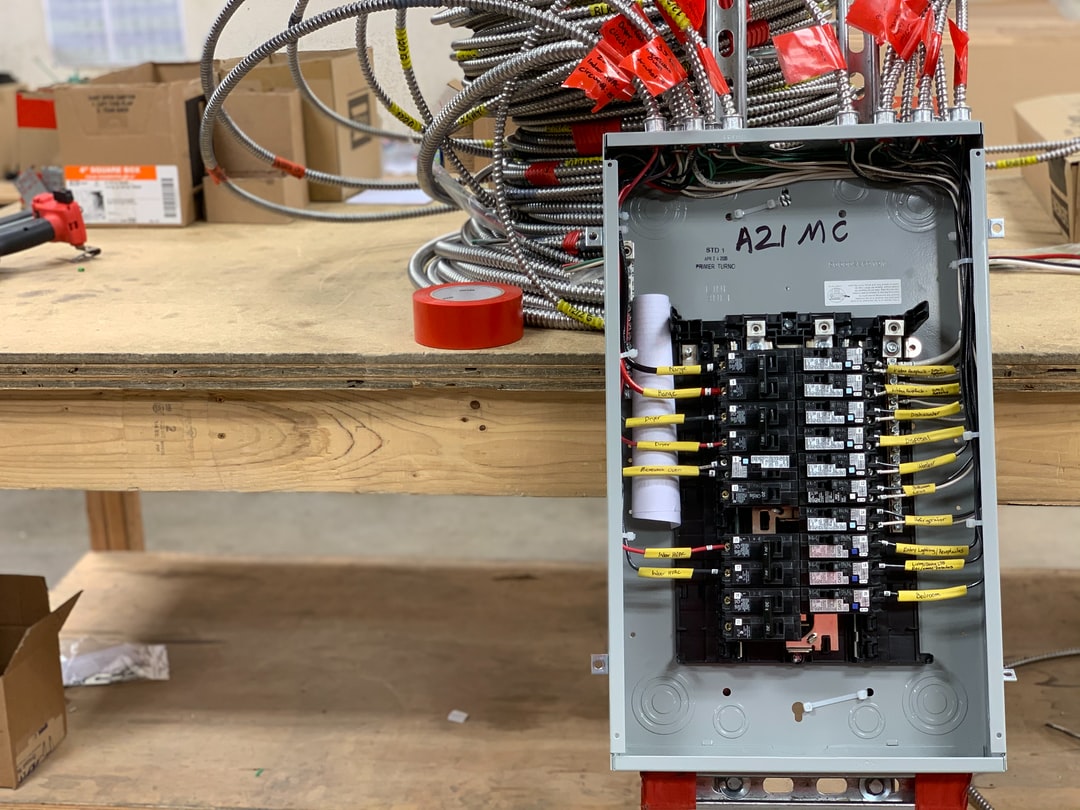
VP- Global Spread Products – Product Development
Learn more about applying for VP– Global Spread Products – Product Development – EMEA/APAC Financing & Securitization Product Management at … Read source
What Is a Spread Product?
A spread product is a special type of product that allows investors to buy or sell the difference in price between two related securities (or commodities) instead of owning either one of them outright. Spread products allow investors to trade in equities, bonds, ETFs, futures or forex without owning the underlying security, and also give them the ability to take a position on a market move without actually having to hold the underlying security.
For example, an investor can buy a call option on the S&P 500, even when he or she doesn’t own stock in any of the companies in the index. Or, an investor can buy a put option on corn, even though he or she doesn’t own corn futures.
What Are Spread Products?
Spread products are financial instruments that give investors exposure to options on futures, stocks, bonds or other assets. Because they are a combination of options and futures, spread products always have an expiration date. An investor can trade spread products on exchanges or through the use of an over-the-counter (OTC) broker.
How Do Spread Products Work?
A spread product is created when an investor pays for an option to buy or sell an underlying asset, like a stock, at a specific price. The two options that make up a spread product both have the same expiration date and are related to an underlying asset. They also have the same underlying asset, which means they are deeply correlated.
The two options that make up a spread product are not necessarily the same type of option. For example, one option can be a call option while the other is a put option.
The spread product trades at a differential to the price of the underlying asset. This means that the option that is not in the money will have a positive value and the option that is in the money will have a negative value. For example, if a stock’s price is $10, a call option on that stock with a strike price of $11 has a positive value of $1, and a put option on that stock with a strike price of $9 has a negative value of $1.
The strike price is the price at which the underlying asset can be bought or sold. Some spread products have a single strike price, and others have two strike prices.
The positive value of the option that is not in the money is called the premium, while the negative value of the option that is in the money is the premium. These premiums are what an investor will pay or receive in the spread product when it is traded.
The amount that the premium is above or below the strike price is called the spread.